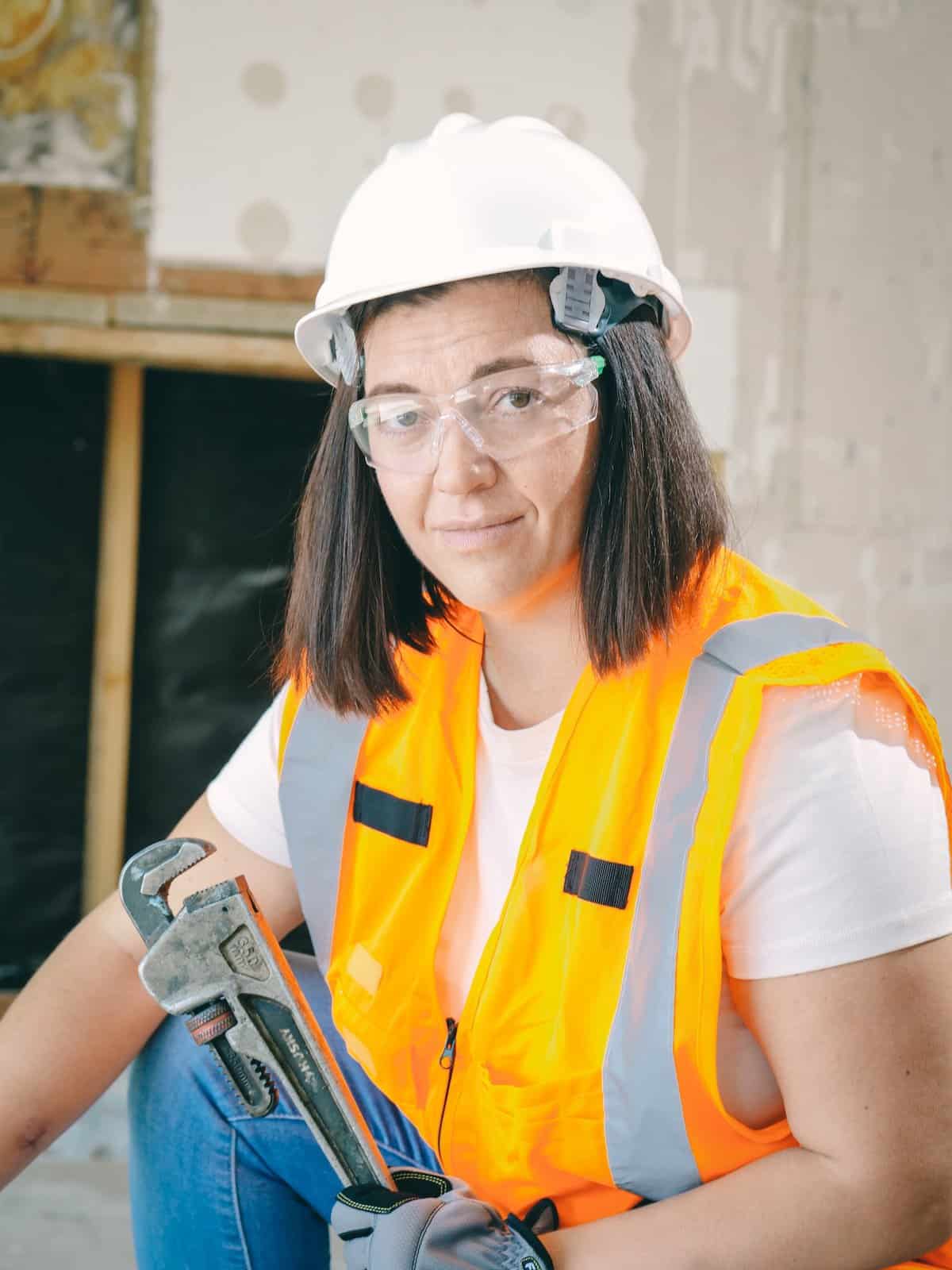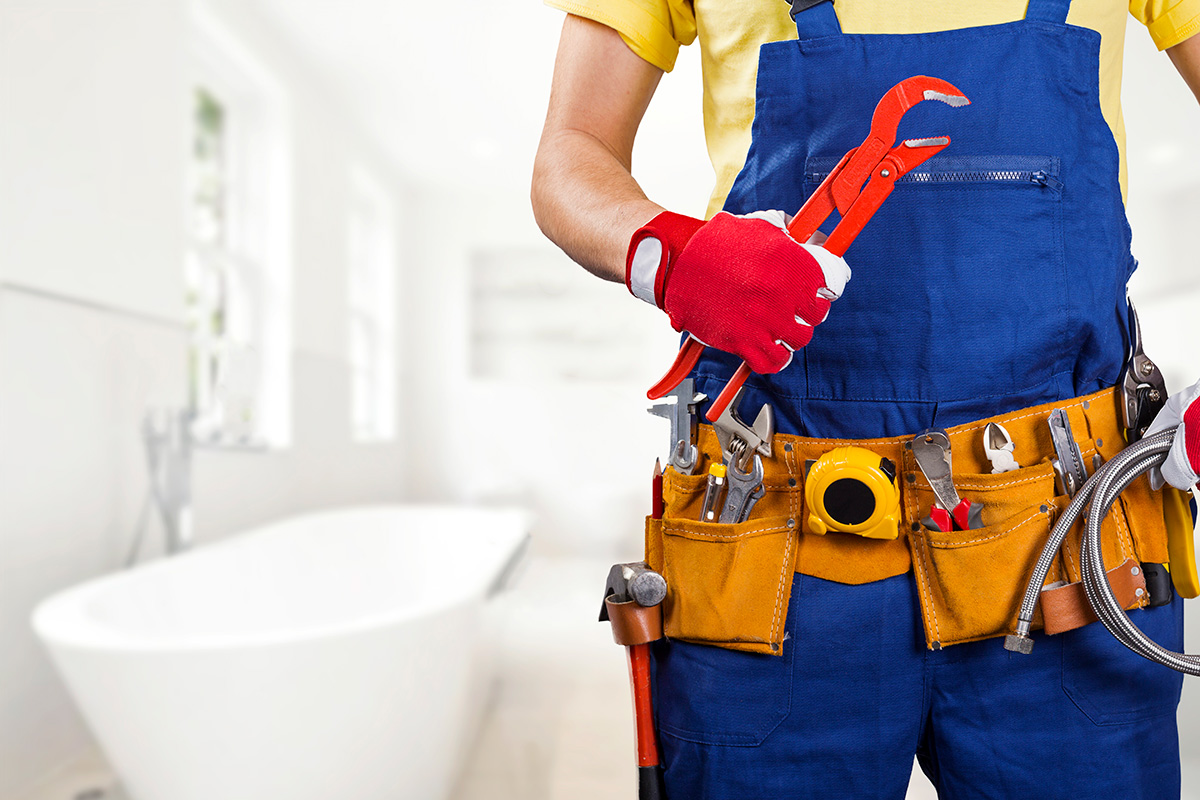Reputable Plumber Alabaster AL for All Your Emergency situation Needs
Reputable Plumber Alabaster AL for All Your Emergency situation Needs
Blog Article
A Detailed Overview to Effective Hot Water Heater Installation for Optimum Efficiency
Beginning on the task of installing a hot water heater is an endeavor that requires precision and a systematic strategy for accomplishing optimal efficiency. The procedure begins with the crucial choice of picking the proper heater customized to the certain needs of your house, thinking about elements such as power, dimension, and type resource. Once selected, preparing the installation location to meet safety and security requirements is critical. Nonetheless, the journey does not end below. As you proceed, the details of linking supply of water lines and establishing dependable electric or gas connections wait for, appealing understandings into making sure efficiency and integrity.
Choosing the Right Water Heating Unit

Following, consider the size and capability of the hot water heater. It's essential to assess your home's warm water demands, which can differ based upon the variety of occupants and their usage patterns. A device that's too small may lead to insufficient hot water, while a large design may lead to unneeded energy consumption.
Efficiency rankings additionally play a pivotal role in selection. Look for hot water heater with high Energy Factor (EF) ratings, suggesting remarkable efficiency and minimized energy usage. Tankless models, though usually a lot more costly upfront, offer considerable energy savings over time as a result of their on-demand home heating abilities.
Preparing the Setup Area
Before mounting a brand-new water heating unit, careful preparation of the installation location is necessary. This makes sure a smooth setup process and aids stop future issues (Plumbing Alabaster AL). Begin by choosing an appropriate place that adheres to regional building ordinance and security criteria. The location should be completely dry, well-ventilated, and obtainable for maintenance. It's important to measure the room thoroughly to suit the hot water heater's dimensions, making certain sufficient clearance around the unit for effective operation and maintenance.
Following, get rid of any kind of debris, dust, or obstructions from the site to produce a clean atmosphere. Inspect the flooring for security, as the hot water heater will certainly need a solid, level surface to operate efficiently. If needed, mount a drip pan below the system to catch prospective leaks or spills, stopping water damages to the surrounding location. In areas susceptible to seismic task, take into consideration installing seismic bands to safeguard the heater strongly in place.
Additionally, make certain that all needed devices and materials are on hand before commencing the installation. This includes items such as wrenches, screwdrivers, a level, and any type of additional equipment needed for installing and protecting the heater. A well-prepared setup area establishes the foundation for a successful water heating system arrangement, enhancing performance and safety and security.
Connecting Water Lines
When linking supply of water lines to your newly mounted water heating system, it is important to make sure that all connections are leak-free and safe to maintain reliable operation and prevent water damages. Begin by determining the hot and cool water system lines. The cold water inlet is commonly marked with a blue tag or a "C", while the warm water electrical outlet is marked with a red label or an "H".
Use flexible hot water heater adapters to assist in a much easier installation procedure. These adapters can take in resonance and permit mild activity, lowering the risk of leaks. Prior to connecting the adapters, put a plumbing's tape around the threaded ends of the hot water heater's inlet and electrical outlet pipes - Plumbing Services Alabaster AL. This tape works as a sealant, preventing leaks. Very carefully connect the flexible pipes to the corresponding inlet and outlet, making certain that they are not over-tightened however tight, which can harm the strings.
As soon as connections are in location, slowly image source activate the primary water shutoff. Evaluate each connection for leaks by aesthetically feeling and inspecting for moisture. Tighten connections as required, and guarantee the pressure safety valve is correctly installed, safeguarding against excessive pressure accumulation.
Establishing Up Electric or Gas Links
Appropriately establishing the electrical or gas connections for your hot water heater is an important step to make sure effective and risk-free operation. For electric hot water heater, start by confirming that the electrical circuit works with the heater's voltage and amperage demands. Make sure the power supply is shut off at the circuit breaker to avoid accidents. Attach the electrical wires to the heating system adhering to the maker's wiring diagram. Generally, this involves attaching the ground cable to the eco-friendly terminal, and the remaining cords to their matching terminals, securing each with cable nuts.
For gas water heating systems, safety is critical. Attach the gas line to the water heating unit utilizing an adaptable gas connector, ensuring it is appropriately threaded and secured with pipe joint compound or Teflon tape appropriate for gas links.
Once connections are made, check for any kind of potential leaks. For gas lines, apply a soapy water option to the joints; bubbles show a leakage. For electrical connections, confirm that all electrical wiring is safe and secure and properly insulated, keeping conformity with local electrical codes.
Changing and examining for Performance
With the electric and gas links securely in position, the next step is reviewing the operational efficiency of your water heater. Begin by very carefully activating the water and making certain there are no leakages at any one of the shutoffs or joints. As soon as validated, continue to fill the tank, focusing on the pressure and temperature level setups. It is suggested to establish the thermostat to a suggested temperature of around 120 ° F(49 ° C) to balance energy performance and convenience.
Following, execute a thorough inspection to make certain the burner or gas burners are operating properly. For electric heating systems, utilize a multimeter to verify if the components are attracting the ideal present. In gas designs, observe the burner fire; it ought to be steady and blue, showing efficient combustion.
Change the setups as required to eliminate inadequacies. Think about executing insulation my company actions, such as basics including a water heater covering, to even more enhance efficiency by lessening warm loss. Furthermore, check the anode rod's problem, as a shabby pole can decrease performance and lead to container corrosion.
Final Thought
Reliable water heating system installment is crucial for guaranteeing ideal performance and energy cost savings. Safely linking water supply lines and thoroughly setting up electrical or gas connections reduce prospective problems.

Effectively establishing up the electric or gas connections for your water heater is a vital action to make certain efficient and secure operation. For electric water heaters, begin by verifying that the electrical circuit is compatible with the heater's voltage and amperage requirements. Connect the gas line to the water heating unit utilizing a flexible gas connector, ensuring it is properly threaded and sealed with pipeline joint substance or Teflon tape appropriate for gas connections.
Report this page